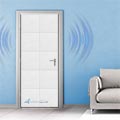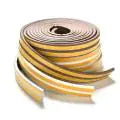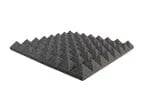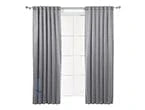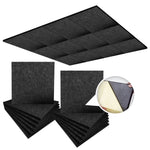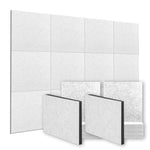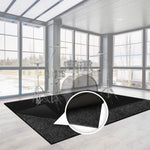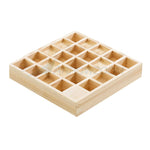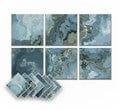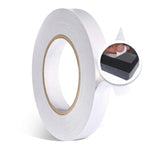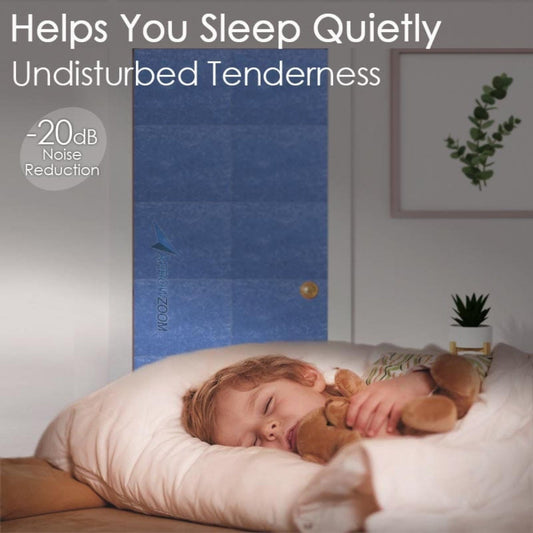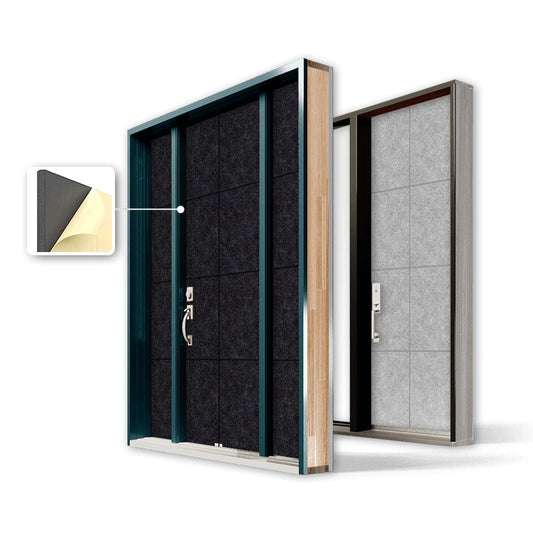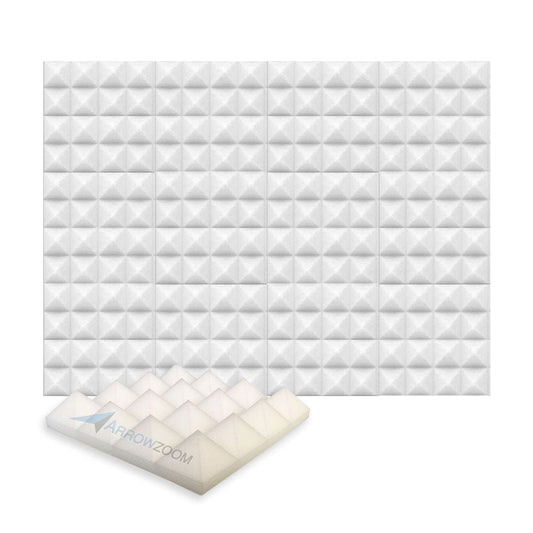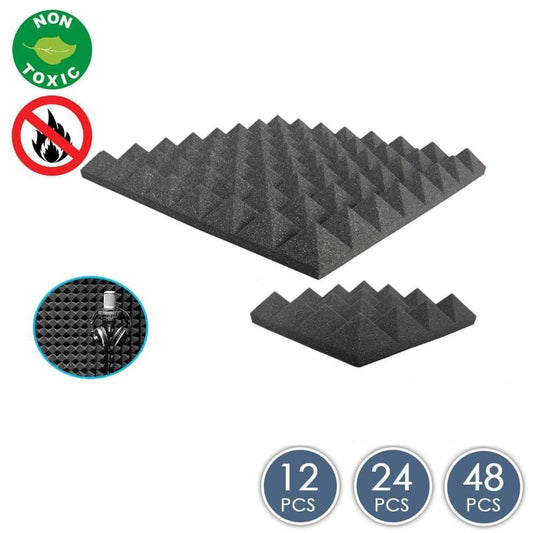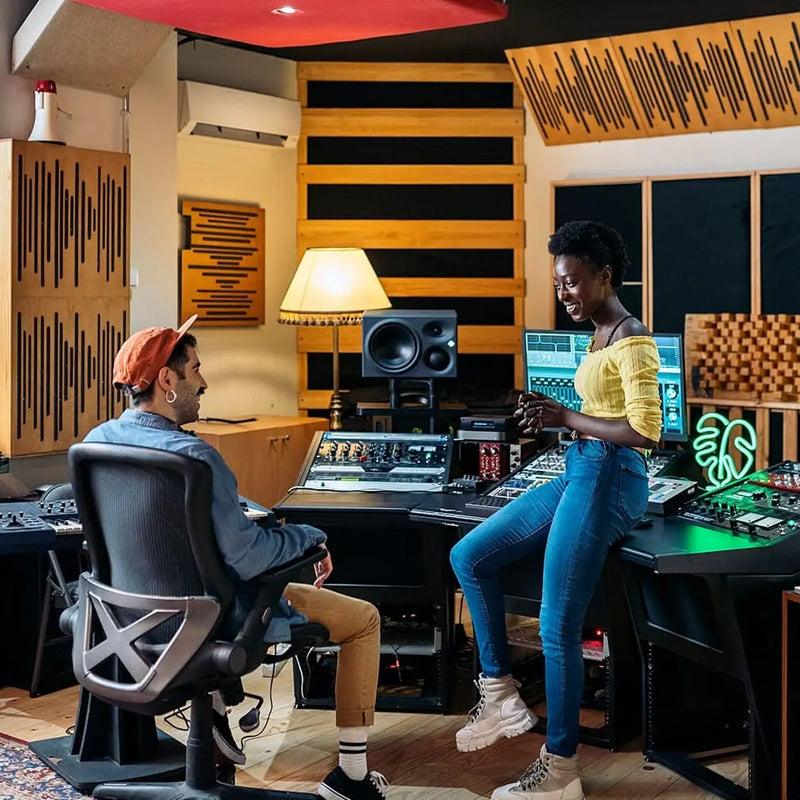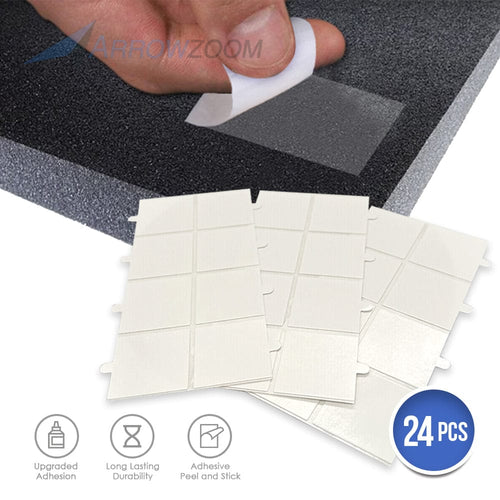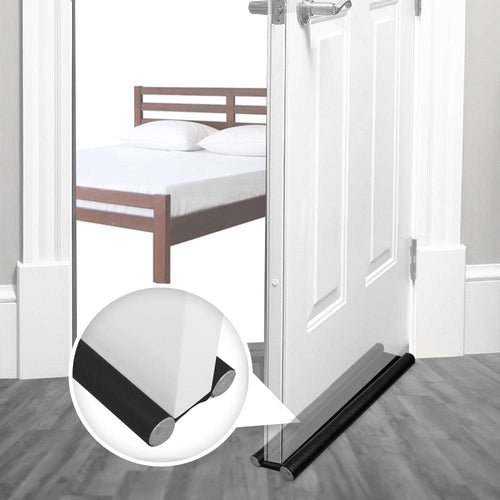The acoustic treatment industry has been the most popular name to solve the issues arising due to every household, residential or corporate noise pollution source. Soundproofing has been the name given to the robust solution that helps reduce noise levels to the barest minimum. Preventing or neutralizing all sorts of buzz induced outside or inside, acclaimed acoustic products, including acoustic panels and foams, have proved a sturdy solution to the noise-reducing stress levels and affecting the mood positively. The world has undoubtedly and unequivocally been on a mission to cater to the needs of creative sound solutions that play a crucial role in the home improvement niche of soundproofing and acoustic treatment.
Best and cheapest ways to soundproof a room

Soundproofing rooms might not be as expensive as you think! The best and the safest soundproofing solutions come in replacements to the stud walls and ceilings. The top-end soundproofing materials find a fit into the room that can work effectively on a small budget. These soundproofing methods turn reversible and so come as quick identifiers of the sound source, break the reflection points, absorbing and damping the vibrations, and strategically utilizing sound energy with the minimalist impact.
Designed to control the reverberation and echo, the acoustic sound panels are fabric-wrapped boards that are most commonly used to resolve the speech intelligibility issues in commercial soundproofing treatments. These acoustic wall panels are dense pieces of materials fixed to the walls of your rooms that make it harder for the impact of the sound to travel through. Acoustic sound panels for walls cover the entire fence for efficient soundproofing.
Acoustic foams for walls reduce noise pollution by dampening the impact by absorbing the echoes and not by entirely blocking them. These, when installed in a room, control reverberating sounds making the process quite different from soundproofing. The walls, ceilings, and doors are other spaces that impact noise levels, vibration, and echoes.
Multilayered soundproof curtains will significantly reduce the amount of sound that gets entered into the room. These are sound-deadening materials that reduce vibrations to reduce echoes in the rooms. The sound waves are absorbed and are thus dampened, and valuable energy is spent as the sound waves travel through space. Sound waves absorptions through the curtains prove great for small to medium-sized rooms and studios.
Sound blankets are yet another primary source to a multilevel solution that deadens the impact of sound vibrations. Lay soundproofing blankets down on floors or adhere them to walls and ceilings to block unwanted sound.
4) Wood sound diffusers
Wood sound diffusers are great to treat sound aberrations. Dampening all the vibrations and echoes in the room, these prove an excellent alternative to sound absorption. Not creating any impact on the magnitude of sound energy, these reduce distinct echoes and reflections, leaving a live sounding space.
Order great sound-absorbing room kits
Acoustic treatment room kits are designed cautiously to address the issues arising out of primary acoustical treatment. They are extensively used for precise soundproofing techniques to prevent higher impacting sound waves enter the room. The idea is to fasten sound-absorbing procedures to the walls and the ceilings. A classic and highly decorative sound-absorbing material for acoustical treatment preferred best for your home or studio includes:
- Soft Furniture
- Thick Carpets and Rugs
- Paintings or Tapestries
- Sound Absorbing Egg Cartons
- Regular Curtains and Blankets
- Acoustic Window Film
- Sound Absorbing Curtains
Install the best acoustic soundproofing solutions now! Contact Arrowzoom, the Market leader and reputable brand in the home improvement niche of soundproofing and acoustic treatment, and order your type!


